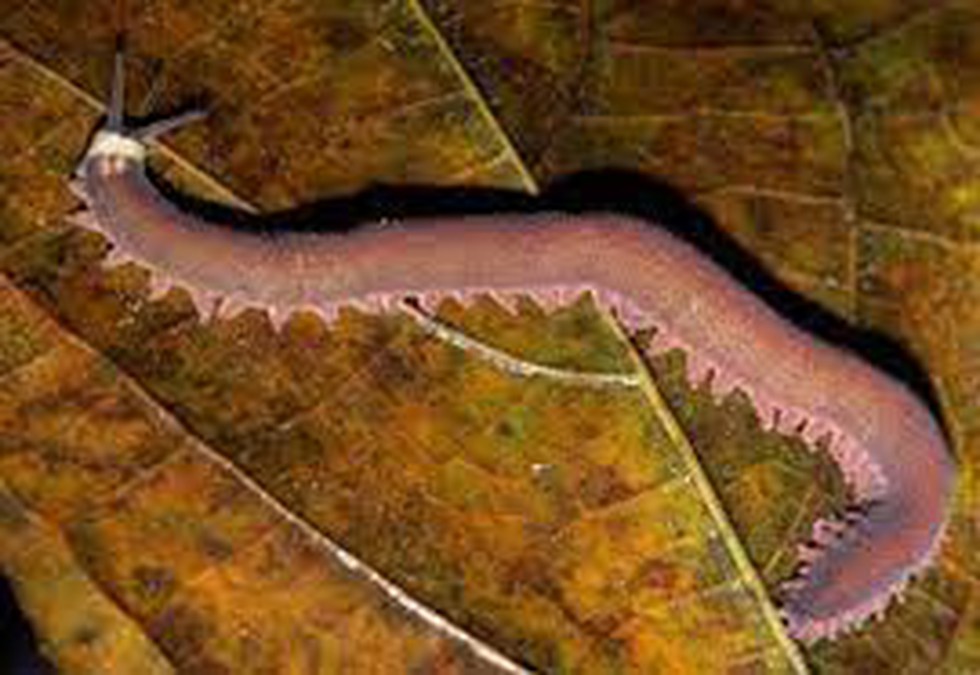
Typhloperipatus williamsoni

14.04.2025
Typhloperipatus williamsoni
|
For Prelims: About Typhloperipatus williamsoni |
Why in the news?
A team of researchers recently reported rediscovering a long-lost species of the velvet worm, named Typhloperipatus williamsoni, one of the oldest living fossils in the world, after 111 years.
About Typhloperipatus williamsoni:
- It is an ancient velvet worm species (phylum Onychophora), one of the oldest living fossils in the world.
- Onychophora is a very old group, easily older than 350 million years.
- It has only two families and not more than 200 species. The diversity is very less.
- These were evolving almost simultaneously with dinosaurs. When the mass extinction happened, probably a lot of them were wiped out.
- What we see today is mostly those species which escaped extinction.
- T. williamsoni was rediscovered after 111 years from the Siang Valley in Arunachal Pradesh.
- T. williamsoni was first collected during the “Abor expedition” by Stanley Kemp, the erstwhile superintendent of the Indian Museum, Calcutta, and his team in December 1911 in Siang Valley.
- Since Kemp’s discovery, there have been no documented records of it from India.
- The molecular data from williamsoni indicated that South Asian onychophoras split from their neotropical (Central and South America), including southern parts of Mexico and the Caribbean and only African relatives around 237 million years ago.
- Interestingly, the Asian onycophora were found to have no relatives in Australian onychophoras.
- This is unusual given that invertebrates found in Southeast Asia and India are usually related to those in Australia.
- Asian Onychophora is one of the few exceptions to this relationship.
Source: The Hindu
Consider the following statement regarding to the Typhloperipatus williamsoni:
1.It is an ancient velvet worm species (phylum Onychophora).
2.It was rediscovered after 111 years from the Siang Valley in Uttarakhand.
3.This is unusual given that invertebrates found in Southeast Asia and India are usually related to those in Australia.
How many of the statements given above are incorrect?
A.Only one
B.Only two
C.All three
D.None
Answer A